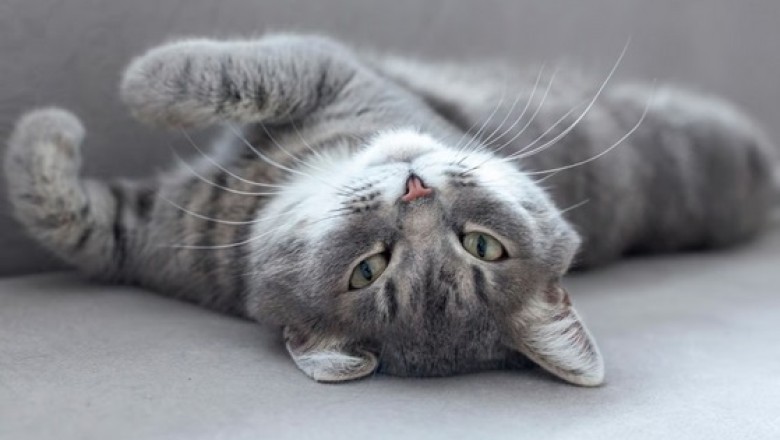
Understanding and Soothing Your Cat's Heat Cycles
Heat cycles in female cats: What are they?
Understanding how to recognize and manage your cat's heat cycles is essential for any cat owner. Although these cycles can be perplexing, they are a natural part of your feline's reproductive system. In this article, we will explore what heat cycles in cats are and the potential risks associated with repeated cycles, as well as ways to alleviate your cat's discomfort.
Table of Contents:
- What Are Heat Cycles in Female Cats?
- Recognizing Heat Cycles in Cats
- When Do a Cat's First Heat Cycles Occur?
- How Does a Cat's Reproductive Cycle Work?
- Risks Associated with Heat Cycles in Cats
- How to Calm a Cat in Heat
- Consideration of Sterilization
The onset of a cat's first heat cycle can vary depending on factors such as breed, lifestyle, and body condition. This article will guide you in recognizing the signs of a cat in heat and offer solutions to help your feline companion navigate this period more comfortably.
What Are Heat Cycles in Female Cats?
Heat cycles, also known as estrus, represent the phase of a female cat's reproductive cycle during which she becomes sexually active. This period is characterized by changes in behavior, primarily associated with seeking a male for mating.
Recognizing Heat Cycles in Cats
As soon as female cats enter a true heat cycle, their behavior undergoes noticeable changes:
- Increased excitement and demand for attention: They become notably restless and can't seem to stay still.
- Mating posture: They assume a distinctive and easily recognizable posture with their hindquarters raised and their tail to the side.
- Excessive genital licking.
- Heightened affection: A cat in heat is much more affectionate than usual. They tend to rub against furniture, the floor, people, and even objects.
- Distinctive meowing: The vocalizations produced are hoarse, repetitive, and sometimes plaintive. These sounds are intended to attract males for mating.
- Reduced appetite: A cat in heat tends to eat less during this period and may neglect their food bowl.
- Urine marking: It's not uncommon for female cats in heat to mark walls and floors with highly pungent urine, signaling their sexual activity. This behavior, sometimes accompanied by scratching, can be particularly concerning for owners as it attracts male cats.
These behaviors result from complex hormonal changes designed to prepare the cat for mating. The intensity of these behaviors varies depending on the cat's breed and personality. Cats with a calm temperament may be less demonstrative than their more extroverted counterparts.
It's important to remember that heat cycles in female cats are a natural part of their reproductive cycle, although they can be challenging for owners. By understanding this process and recognizing the signs of heat, you can anticipate and manage these inconveniences more effectively.
In the following sections of this article, we will delve into more details about heat cycles in female cats, including when they first occur, the mechanics of a cat's reproductive cycle, the risks associated with frequent heat cycles, ways to calm a cat in heat, and the option of sterilization. These insights will help you provide the best care and support for your feline friend during their heat cycles.
Understanding and Soothing Your Cat's Heat Cycles
When Do a Cat's First Heat Cycles Occur?
The age at which a female cat reaches sexual maturity, marking the onset of her first heat cycles, varies significantly from one individual to another. On average, puberty sets in around 7 months of age, but it can range from 4 to 12 months. Several factors account for this individual variation:
Body Growth
The first heat cycles trigger when the cat's weight reaches a sufficient level, which is approximately 75% of their adult weight. This milestone depends on the cat's individual growth, as well as their diet and lifestyle.
Photoperiod
The daily duration of sunlight plays a crucial role in the occurrence of heat cycles throughout the year. In the wild, winter is marked by a period when heat cycles are temporarily suppressed. In a domestic setting, a cat's heat cycles can be disrupted because they are particularly sensitive to light intensity, whether natural or artificial. Excessively dark environments can affect their reproductive cycle.
Age of the Cat
A cat born in spring will generally not reach the necessary weight for puberty until between October and December. However, the shortening days during winter can delay the onset of heat cycles until the following spring. Thus, the cat will reach 9-12 months of age during her first heat cycles. Conversely, a cat born early in the autumn may go into heat as early as 5 months, when the days lengthen.
Breed
Some cat breeds, such as the Persian, tend to have later heat cycles. On the other hand, breeds like the Siamese, Burmese, or other Oriental breeds are known for experiencing early heat cycles.
In general, it is not advisable to mate a cat during her first heat cycles. This is because her body and behavior are not sufficiently mature to support a pregnancy without risks. Consult a veterinarian to discuss reproduction options and birth control methods to ensure your pet's well-being.
How Does a Cat's Reproductive Cycle Work?
A cat's reproductive cycle consists of several phases, with heat cycles being the most visible. Females reach sexual maturity at around 6-10 months, or even as early as 4 months in certain "precocious" breeds. This period corresponds to their first heat cycles. The phases typically occur in the following sequence:
Proestrus
The cycle begins with a period lasting 1 to 3 days before the onset of heat. During this time, the cat attracts males but is not yet ready to mate.
Estrus
During the heat cycle, the cat becomes more receptive to mating. The duration of estrus varies among cats, averaging around ten days.
Metestrus
This transitional period follows the heat cycle and lasts for about a week. The cat may still accept a partner, but her interest gradually wanes.
Anestrus
This is the phase during which the cat returns to normal behavior and is not receptive to mating. This period of ovarian inactivity intervenes between cycles and lasts for several months.
Important Note: In cats, ovulation is triggered by mating. Therefore, it's crucial to limit the interaction between your unspayed female cat and an intact male. Given the high fertility rate in cats, unexpected kitten births occur all too frequently.
Risks Associated with Heat Cycles in Cats
Heat cycles in female cats pose not only a normal part of their sexual cycle but also a health risk. A cat in heat can become anxious and agitated, leading her to escape in search of a mate. This behavior exposes her to an increased risk of injuries, sexually transmitted infections, and unwanted pregnancies. Additionally, frequent and uncontrolled heat cycles increase the likelihood of certain health issues, such as uterine infections.
Furthermore, the chronic stress that a cat experiences during heat cycles is a risk factor. Anxiety can have detrimental effects on the cat's health, including her immune system and overall quality of life.
To reduce these risks, it's important to take steps to calm your cat in heat. If you do not plan to breed her, discuss cat sterilization options with your veterinarian. Sterilization, in particular, is an effective method to prevent heat cycles and their undesirable consequences while contributing to your cat's overall well-being. It also plays a vital role in reducing feline overpopulation by preventing the birth of unwanted kittens.
Calming Your Cat in Heat: Natural Solutions
If you have a female cat in heat and don't plan on breeding her, there are natural methods you can try to ease her discomfort:
-
Gentle Stimulation: Gently stimulate your cat's genital area with a damp cotton swab. This can help reduce her mating urge.
-
Light and Noise Control: Create a calm environment by minimizing bright lights and loud noises in the room where your cat is located. Using a pheromone diffuser can also be highly effective.
-
Play and Distraction: Provide your cat with toys, brush her, and spend quality time together to keep her distracted from her heat cycle.
-
Show Understanding: Practice patience and understanding with your pet, as heat cycles are temporary and can be challenging for your cat.
If your cat's heat cycles are particularly intense or frequent, it may be beneficial to schedule a visit with your veterinarian. They can offer additional options, such as sterilization, and provide guidance on calming your feline companion.
Sterilization: A Consideration Worth Exploring
One reliable method to prevent pregnancy in female cats is sterilization, typically performed before the first heat cycle. This safe surgical procedure involves removing the ovaries, resulting in the complete disappearance of reproductive cycle hormones.
Sterilization is an excellent choice for owners who do not wish to breed kittens. By removing the cat's ovaries, the procedure ends heat cycles and effectively prevents reproduction.
There are several benefits to sterilization, including reducing the transmission of diseases, addressing feline overpopulation, and promoting behavioral stability.
If you do plan to breed your cat, hormonal contraception options like pills, injections, or implants may be considered. However, it's important to carefully evaluate the potential side effects in consultation with your veterinarian.










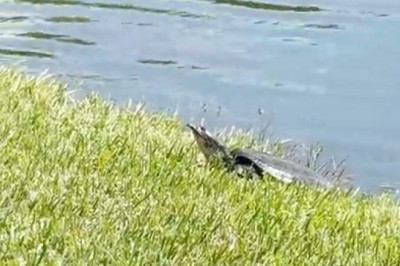
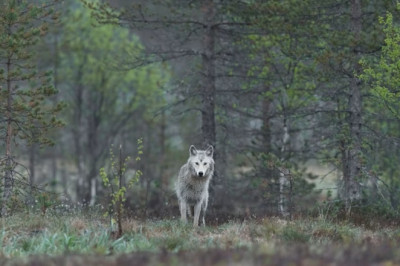
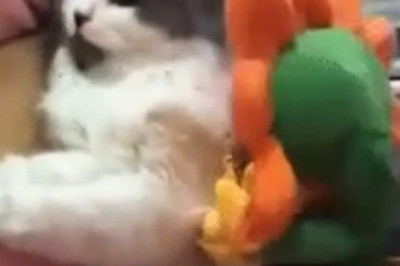


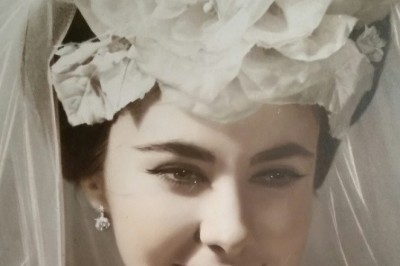
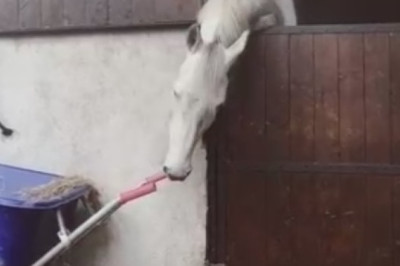
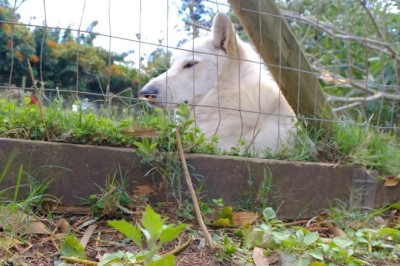


Comments
0 comment